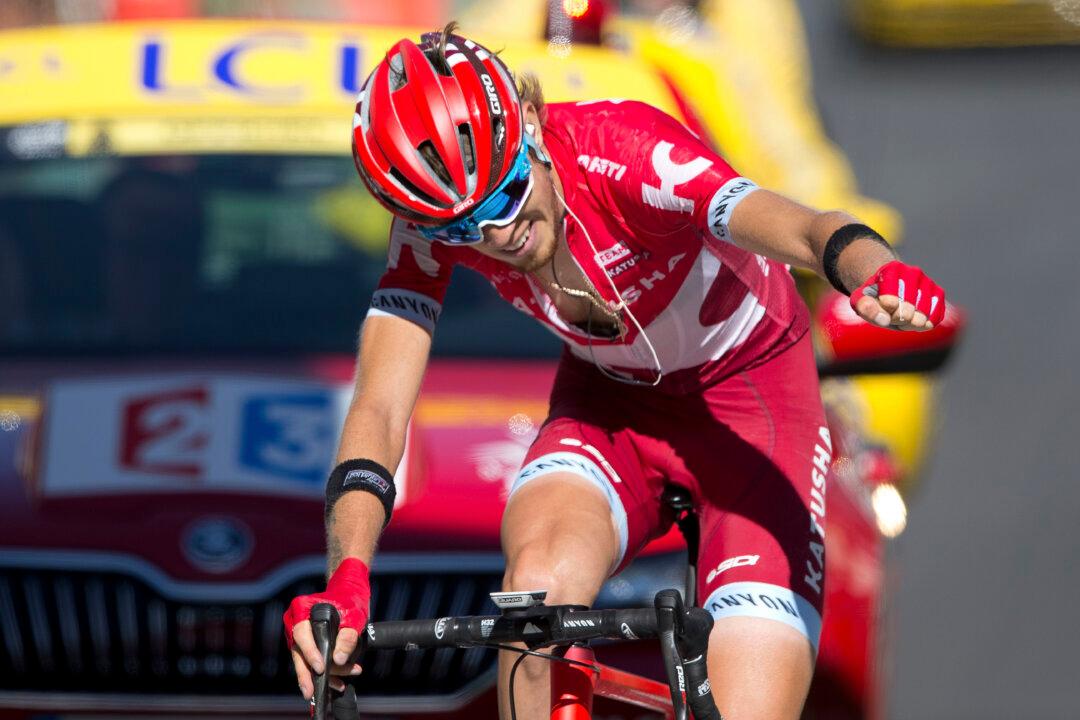Katusha’s Ilnur Zakarin won his first Tour de France stage in Stage 17, attacking on the Hors Categorie climb to Finhaut-Emosson, Switzerland. The Russian rider launched a pair of attacks, first to shake the remnants of the breakaway group about 6.5 km from the summit, and again until he had shaken off Colombian rider Jarlinson Pantano, trying to get his second Tour stage win on Colombian Independence Day.
Zakarin was the second rider to win his first Tour stage this year (Pantano being the other) and only the second member of Team Katusha to win a Tour stage since 2009.
Zakarin nearly missed the Tour this year after crashing in the Giro d'Italia on May 27 and breaking his collarbone.
“After I crashed at the Giro ... I quickly underwent a surgery. I didn’t miss any time in my rehabilitation so I could stick to the plan to come to the Tour de France,” Zakarin told LeTour.com “During the first two weeks, I didn’t have any other goal but stay out of trouble and work for Alexander Kristoff. The goal was to win a stage in the third week.
“We’re very happy we made it. In the future I want to win a Grand Tour and the Tour de France has my priority. It’s the most important race of the year.”






